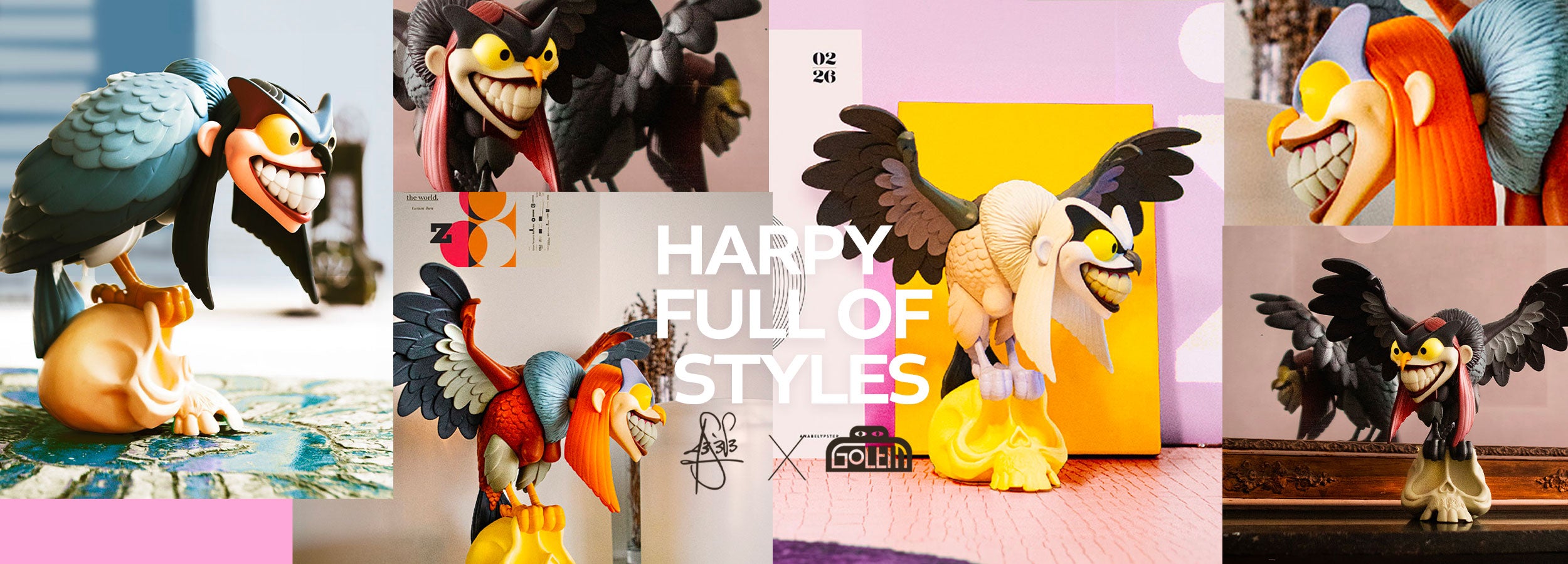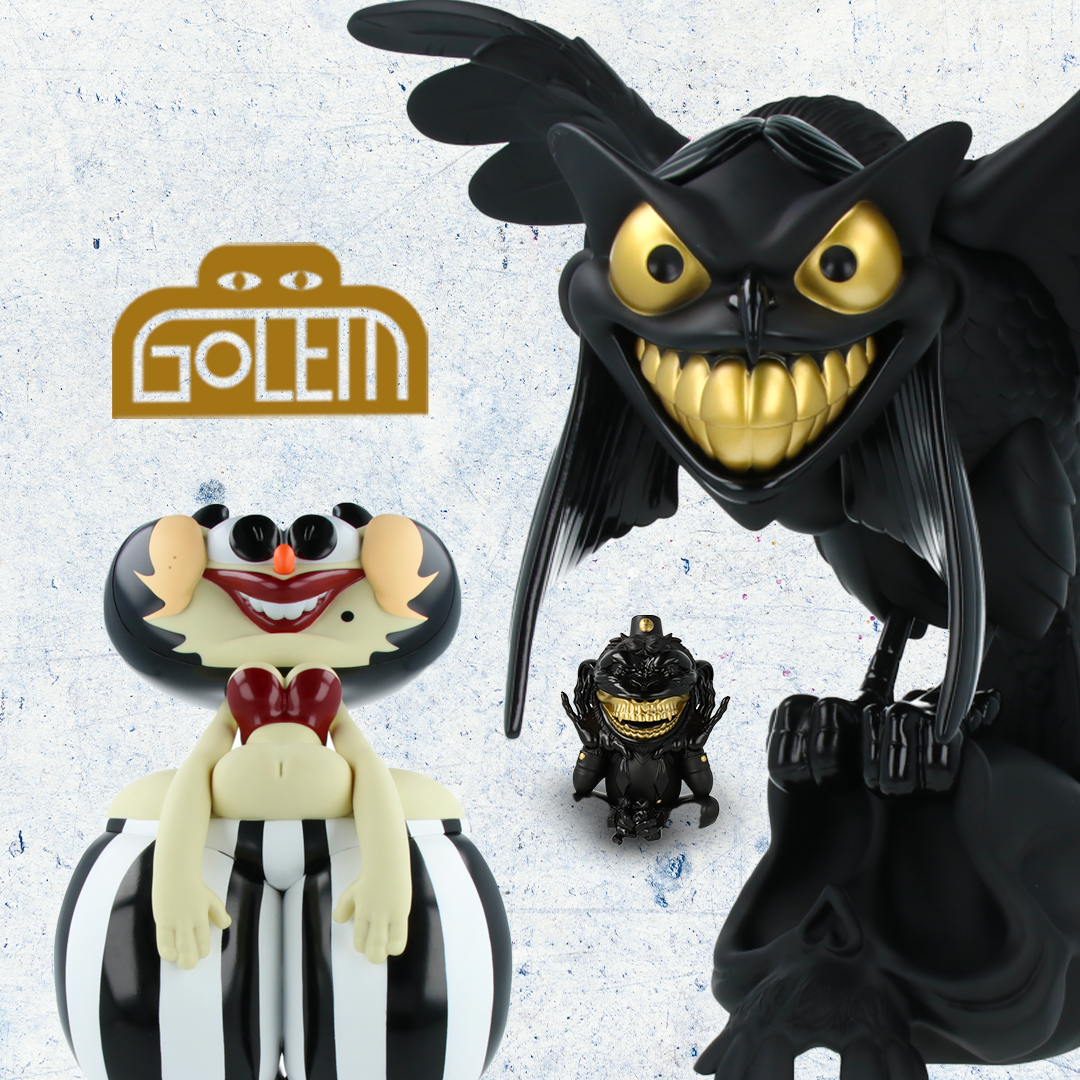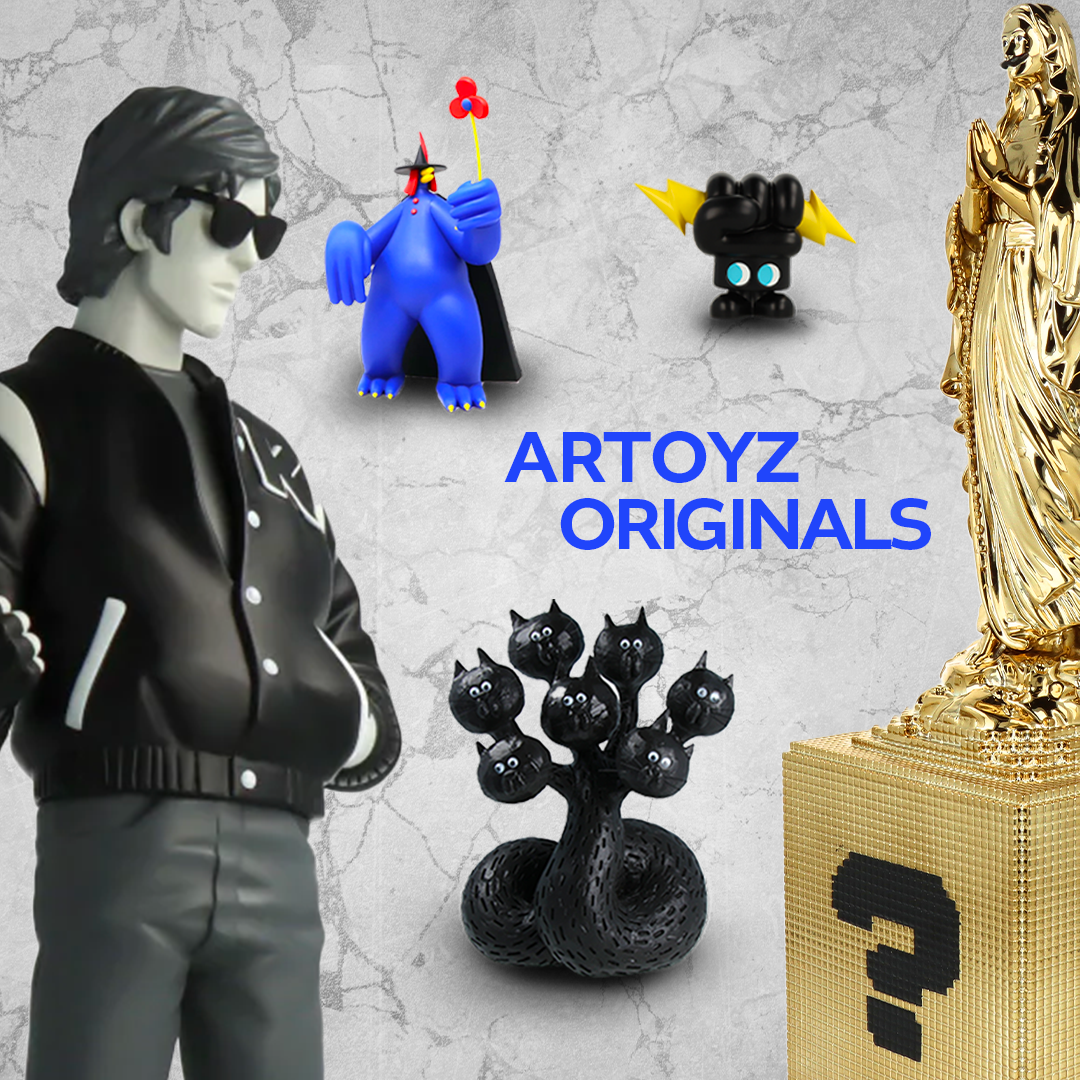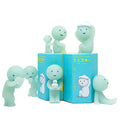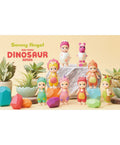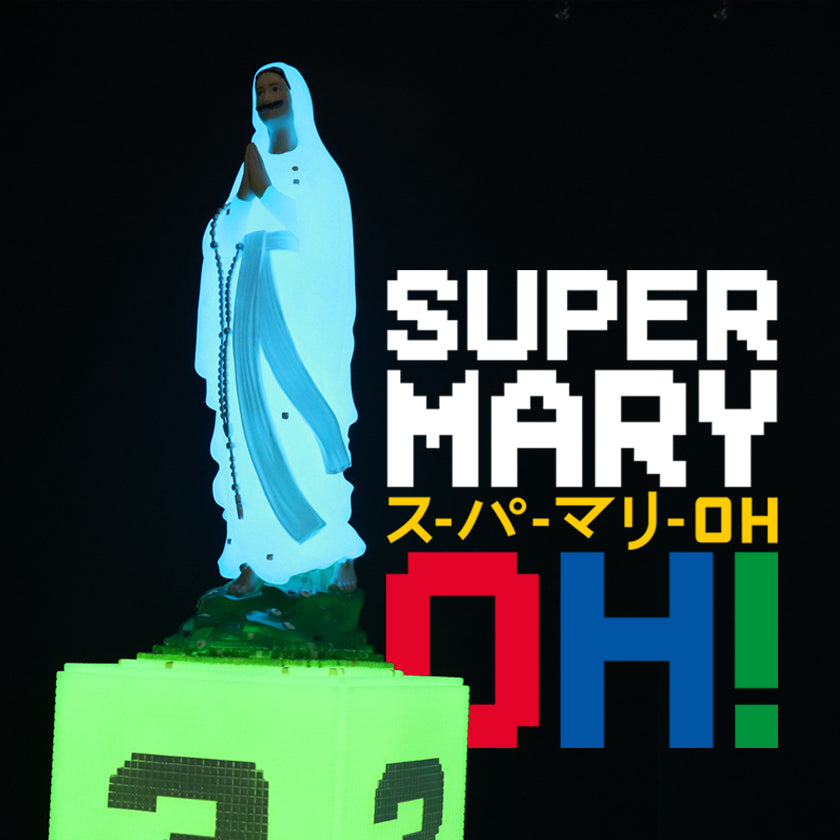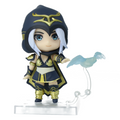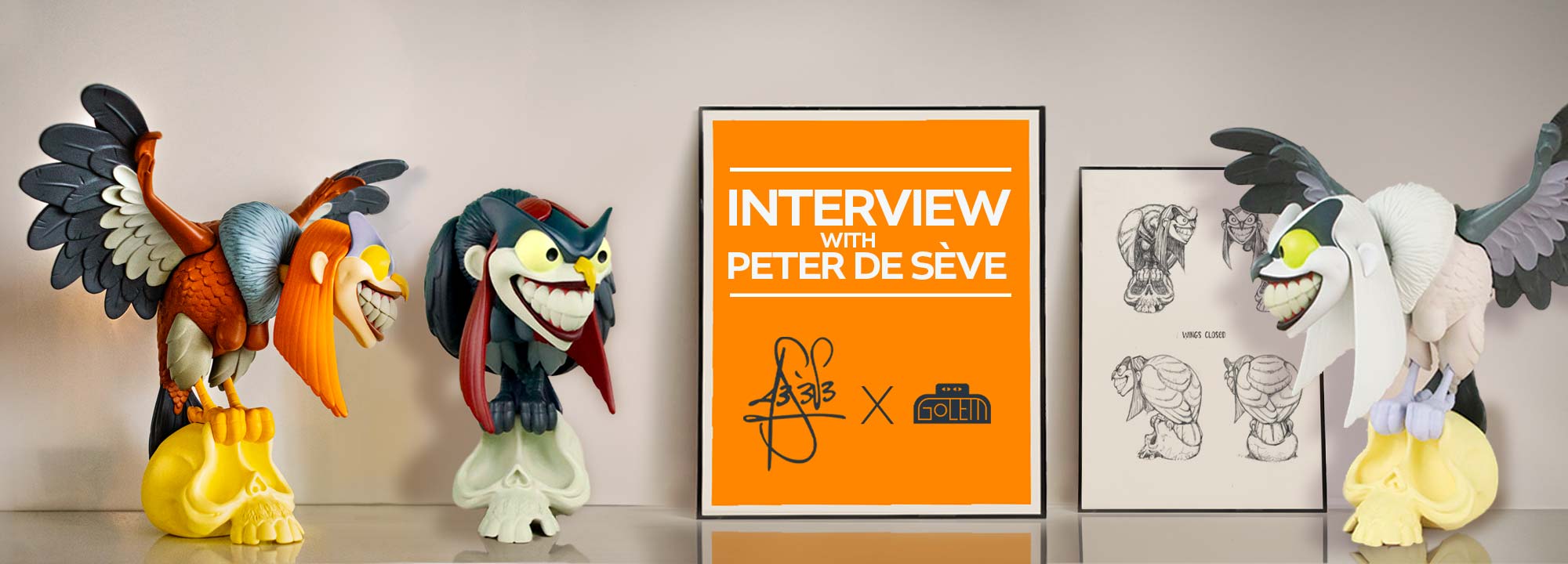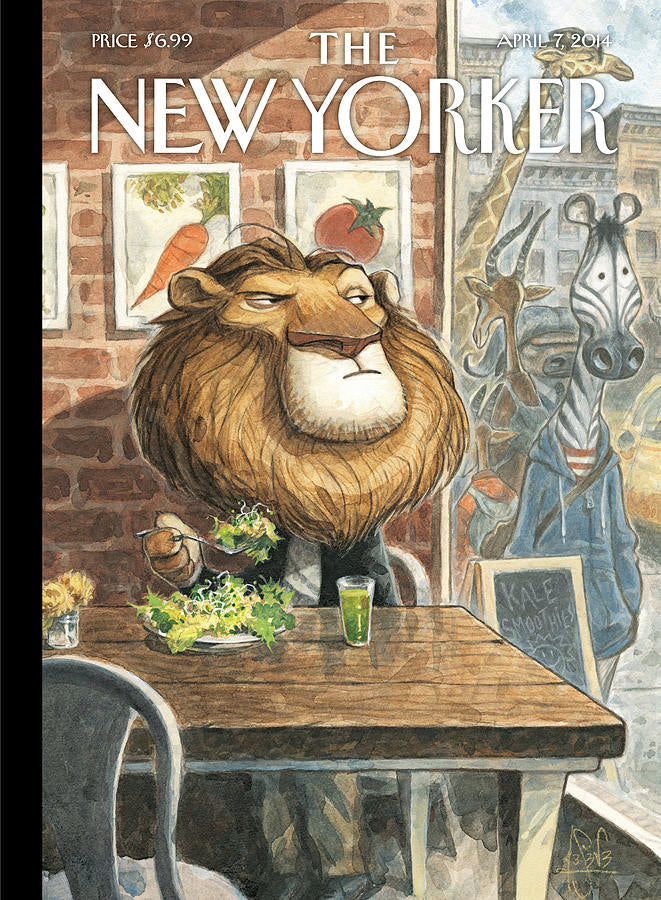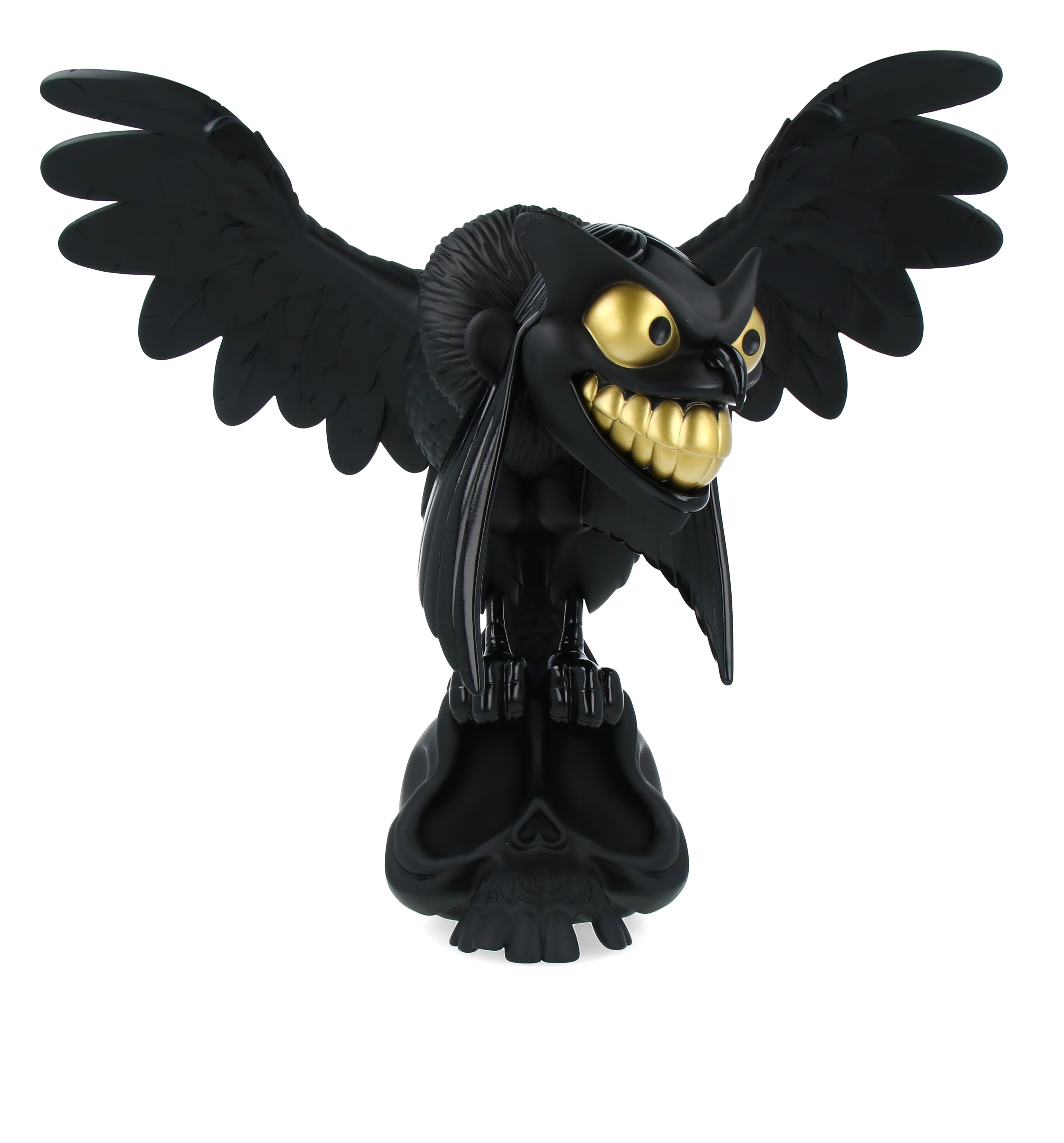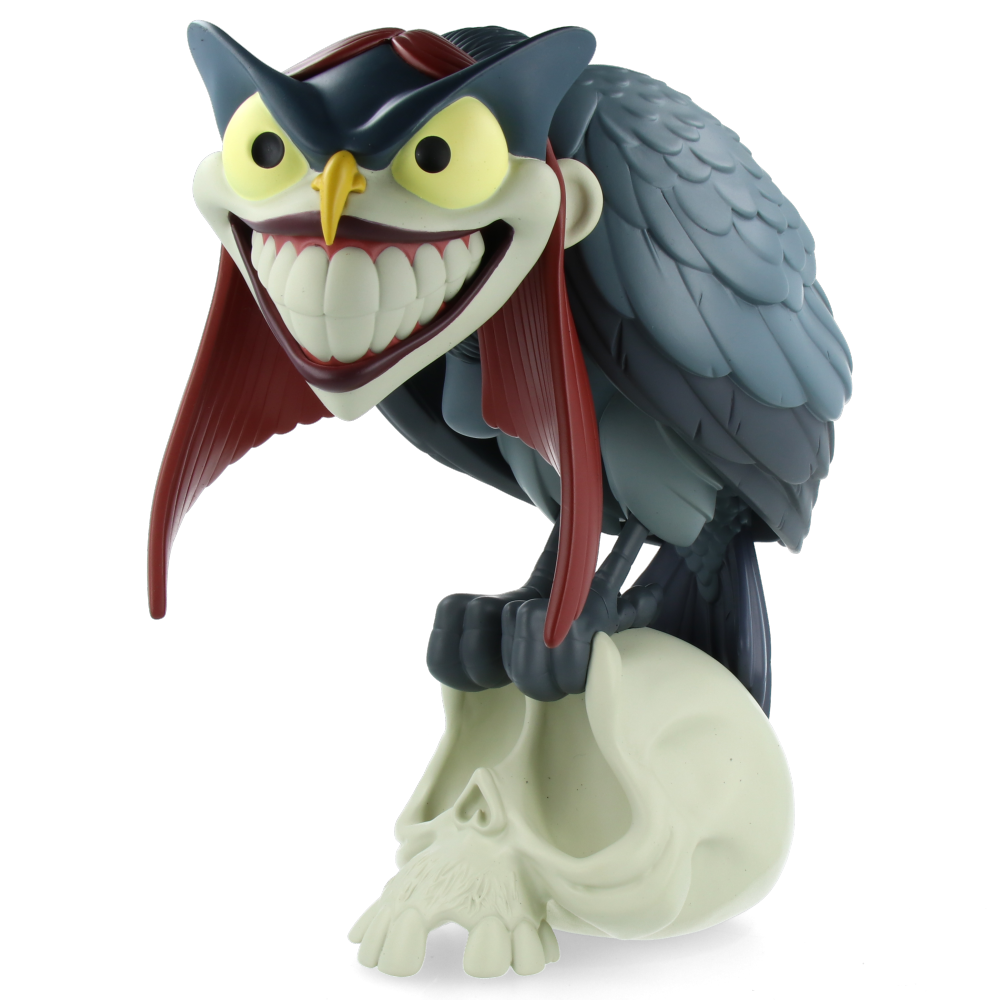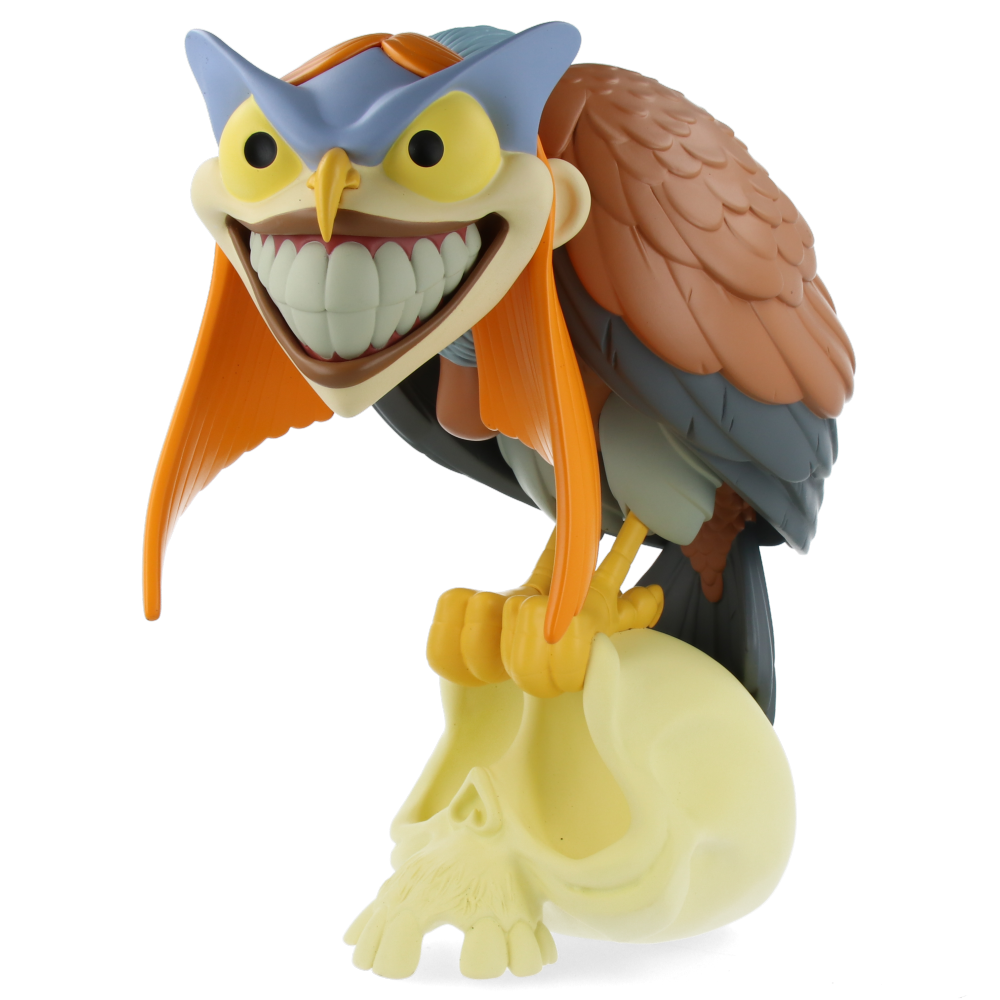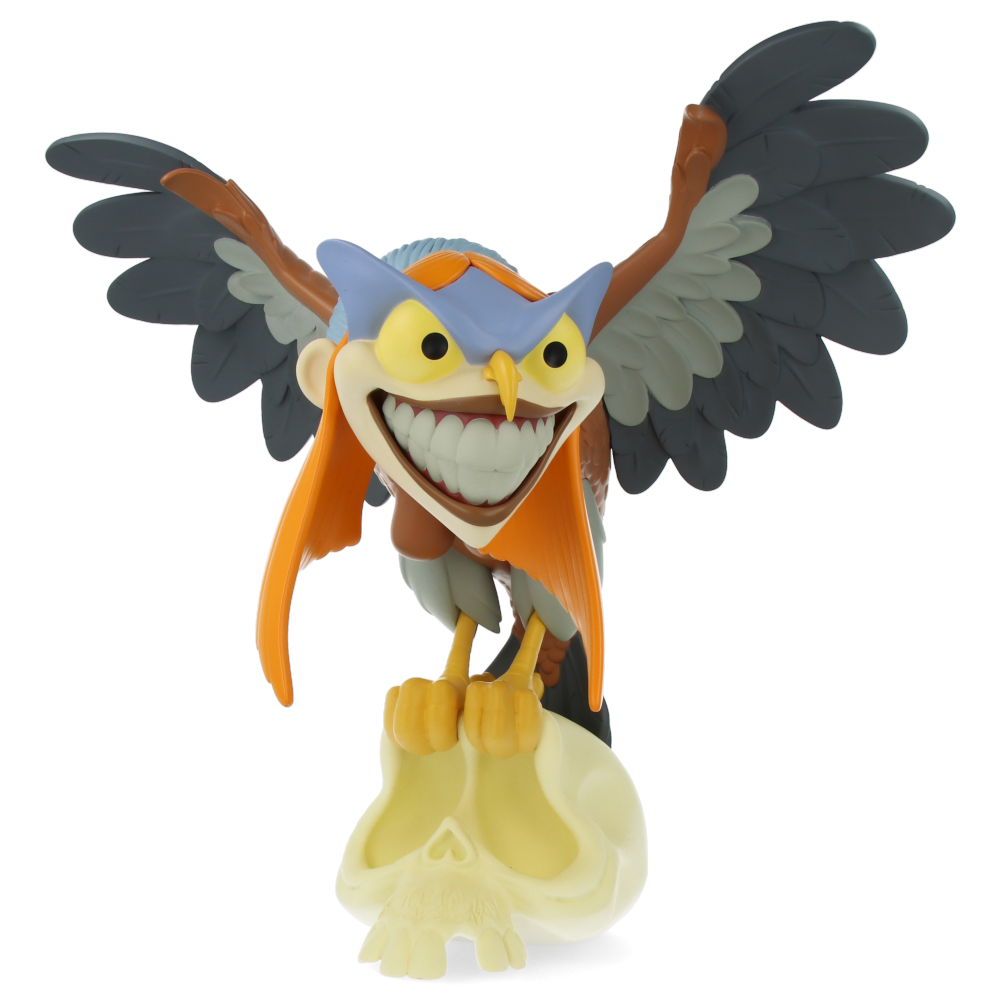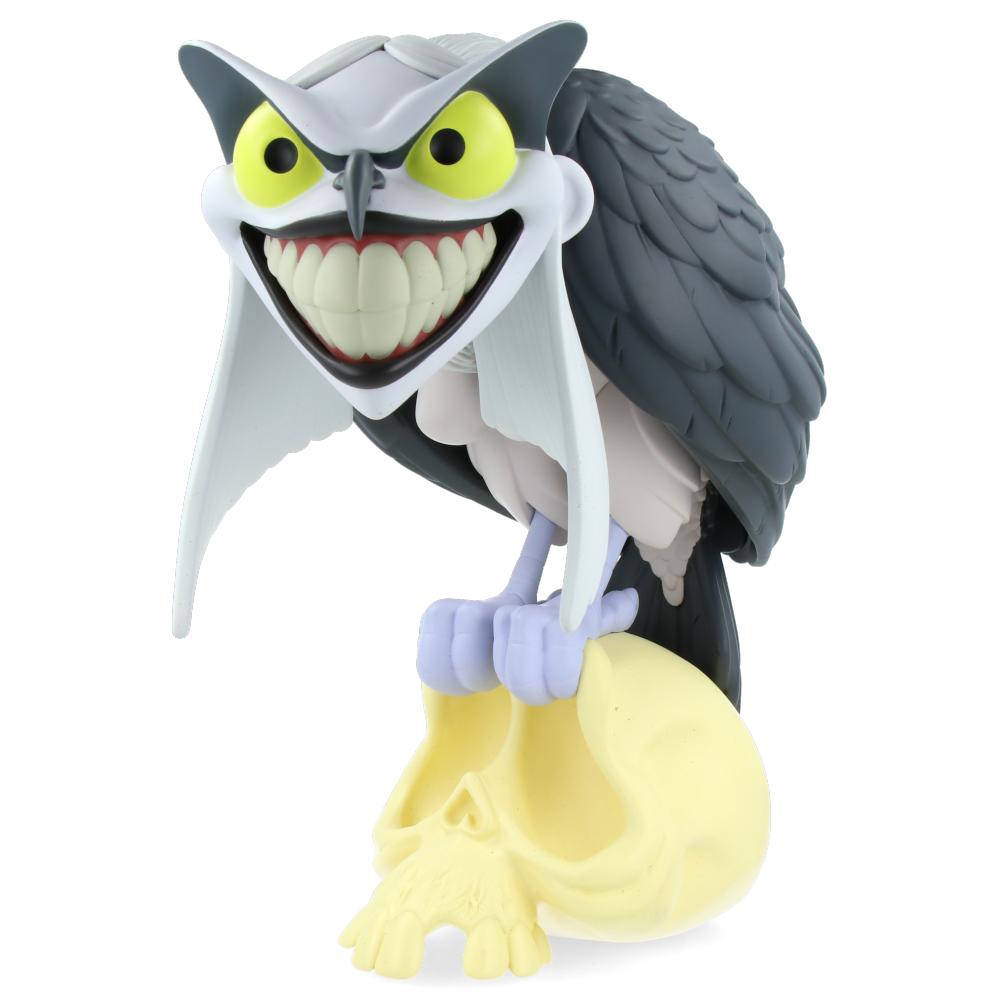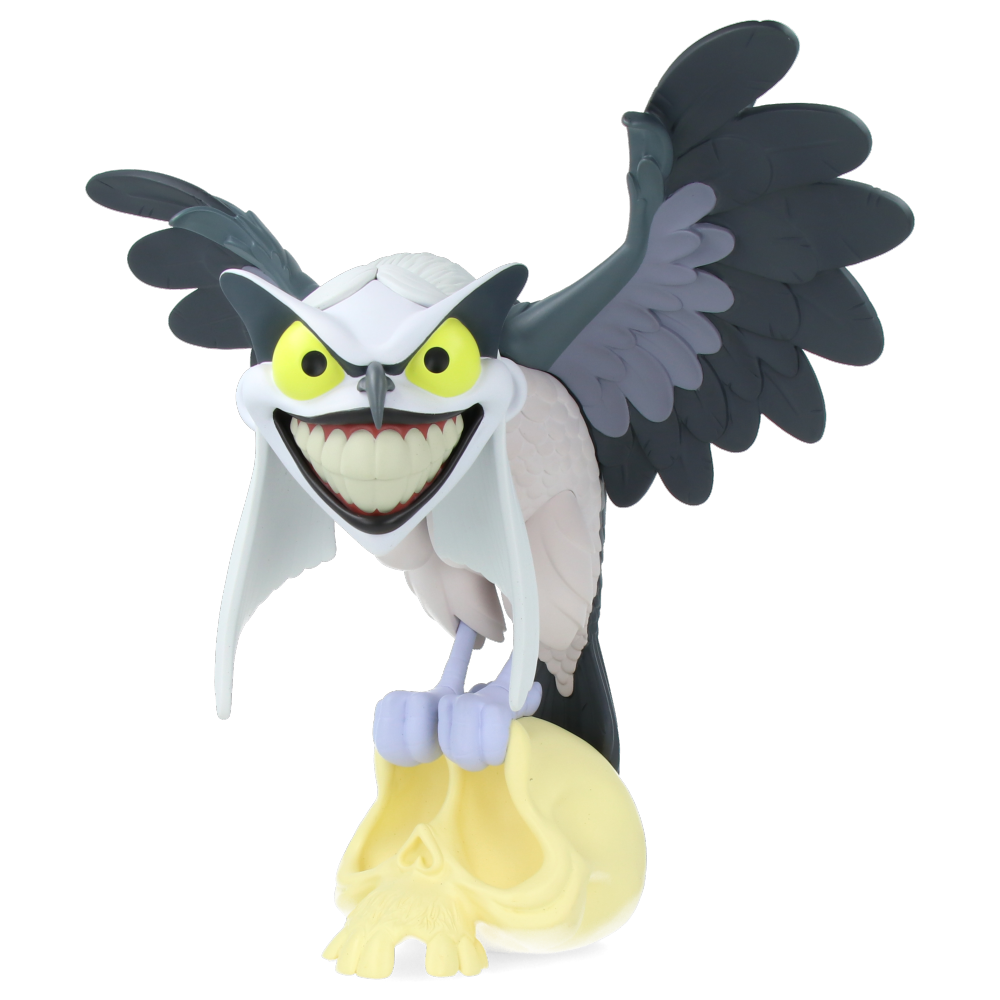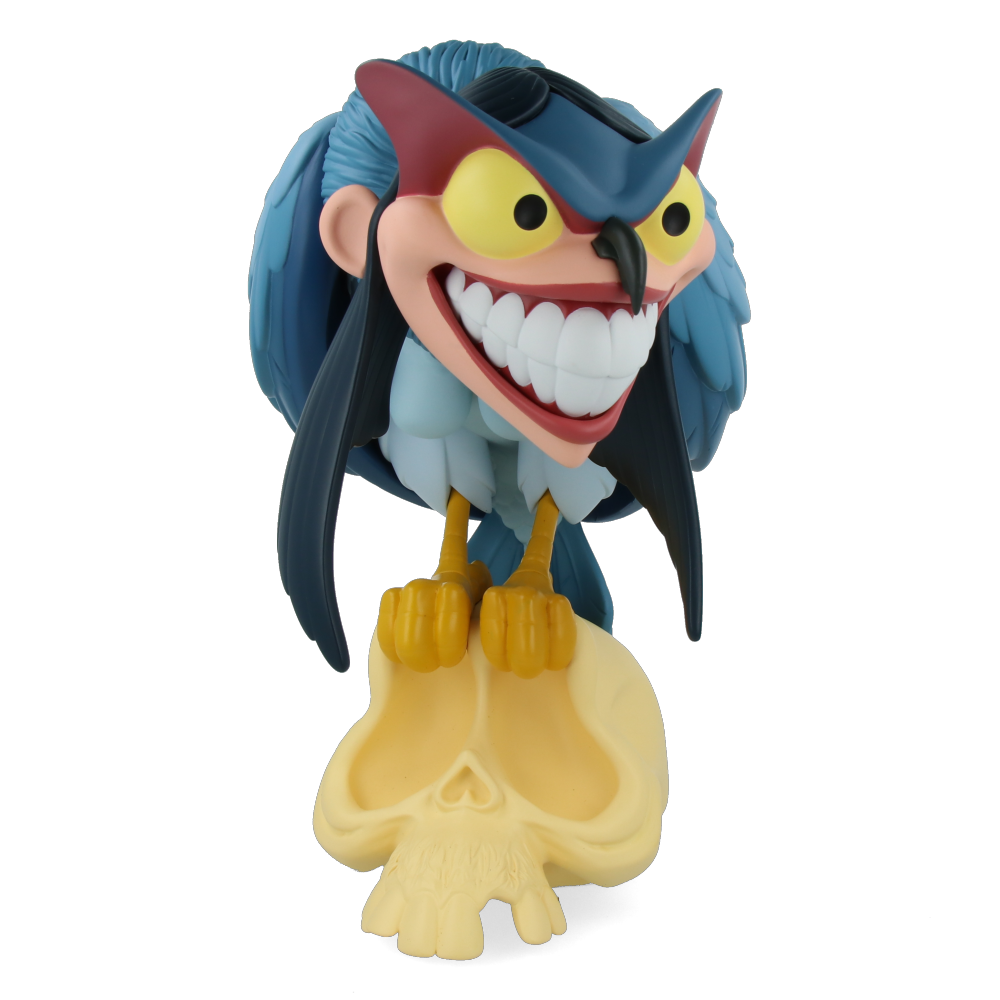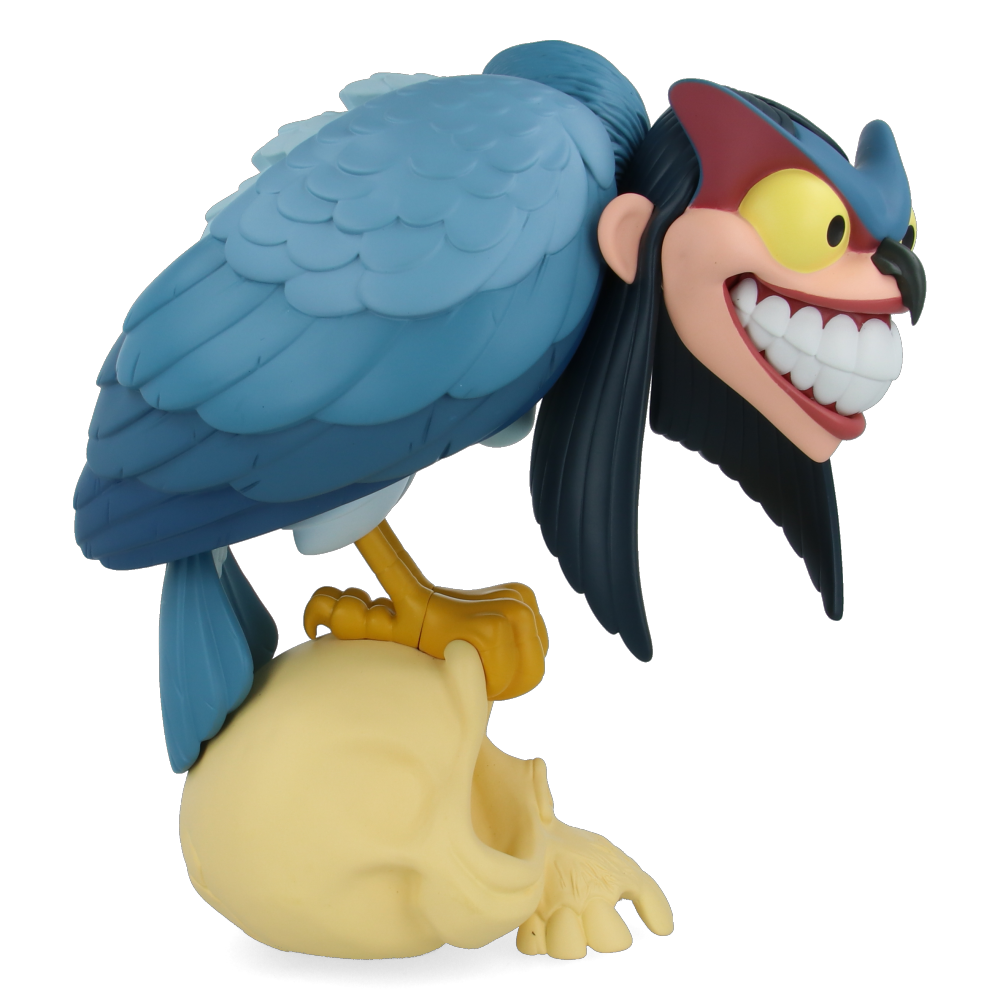On the occasion of the release of our three new Harpy models, "Day", "Goth" & "White", we spoke with Peter de Sève to talk about his career, his desires, and the realization From this exceptional project in collaboration with our Golem label.
Is it easier to create characters in an already known universe or to create "new" characters?
It isn't so much a matter of ease, so much as a matter of satisfaction. I generally dislike working on projects with existing characters because as a character designer what I look forward to most is to design something the audience hasn't seen before. My main objective is to have fun on every project I agree to do. The more fun I have, the better the results, and usually, the better for the client.
In the early 2000s, you worked on several major 3D animation films (Monsters, Inc., Ice Age), is there a difference in the way of approaching a character in 3D animation compared to 2D animation?
The approach is very similar in 2D and 3D but it's easier to cheat in 2D. 3D requires a genuine understanding of the character as a sculpture and must work at every single camera angle. 2D can always be finessed in the drawing but ideally the design should stand up to the same scrutiny.

Since "The Hunchback of Notre-Dame" in 1996, you have traveled almost 30 years of cinema. Do you work today as you worked then and do you find that there have been major changes in the environment?
After 30 years I've learned a few things (thank goodness!) and have a better understanding about what works and what doesn't, from the design on paper to the rigging and animation of a character. So I would say yes, I do work differently. Certainly with more confidence. As for changes in the industry, yes, I see many changes and for the freelance designer, it ain't pretty. In the early days, I felt I had much more authorship over a character design, especially in the many Ice Age films. There was a respect for the uniqueness a designer brought to the table that I feel is much more diluted now. So many films, especially from the big studios, shy away from anything too unique. There is a middle-of-the- road sensibility that I find frustrating. I believe it's because films have become more and more expensive to make and the audience is now global. When you're trying to please EVERYBODY on the planet you're going to sacrifice the benefit of aesthetic risk. That's why so much of what is coming out of the big studios is virtually interchangeable. After this tirade, I guess I can kiss my career goodbye.
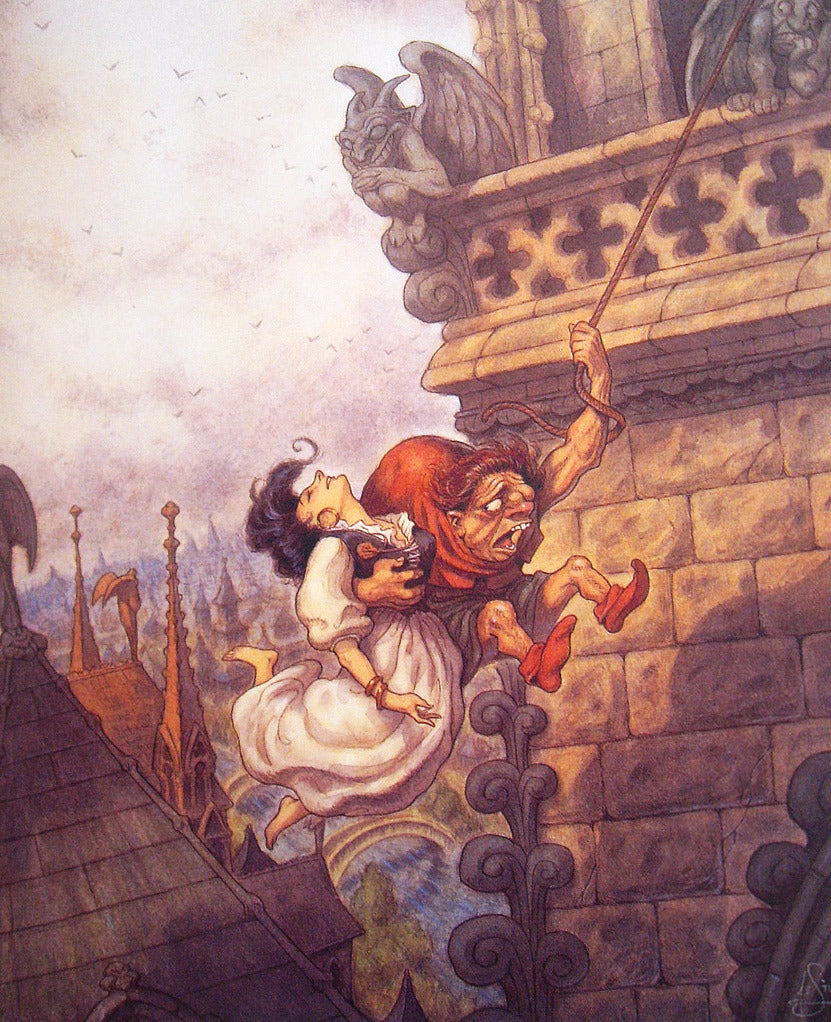
You have done several covers for The New Yorker, how do you approach having to convey several strong ideas with a single drawing?
It's a challenge and one I enjoy tremendously. Telling a story or making a point in a single drawing requires real visual editing. You must include only what helps you make tyour point or tell your joke. Everything else is just extraneous and sure to confuse the viewer.
In your monograph "Local Fauna", we find Mike Mignola (Hellboy) and Bill Watterson (Calvin & Hobbes). Do you have a desire to get into comics one day?
When I was a kid I was sure I wanted to be a comic artist but I didn't have the attention span. In fact, that's another one of the reasons I enjoy doing single illustrations versus a series of panels, I just get distracted and want to move on to the next thing.
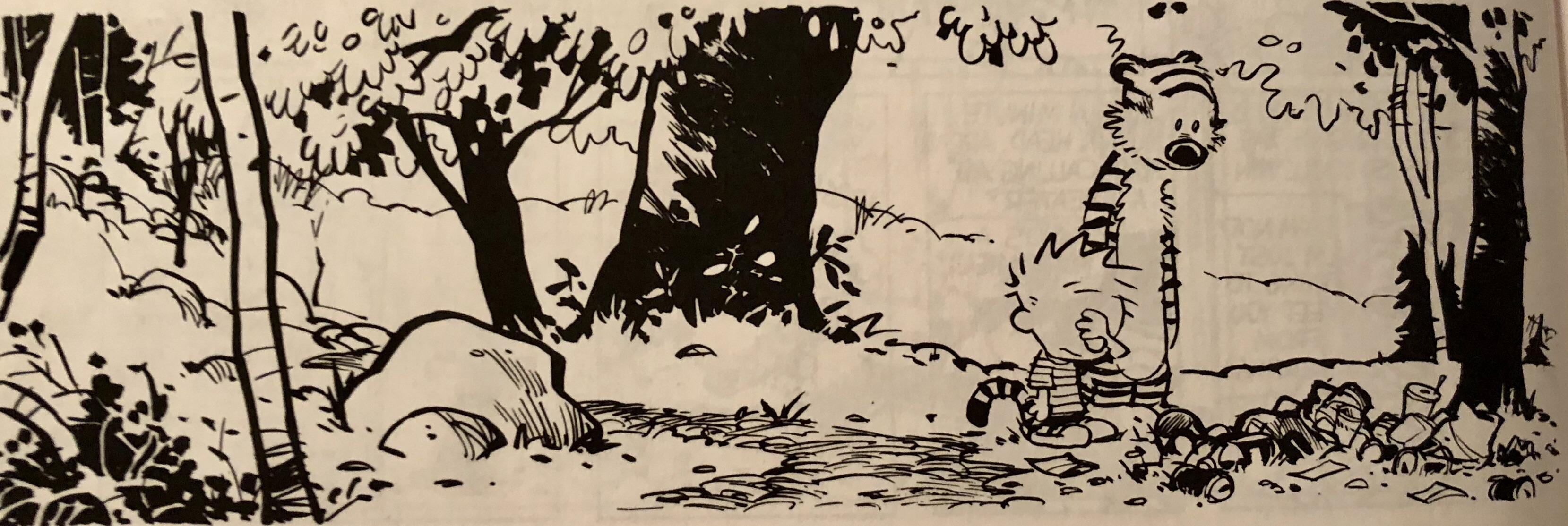
Let's talk about the Harpy now, can you tell me more about the birth of this project?
Frankly, the Harpy figure came out of a series of many drawings I made of harpies over the course of several years. I just found them so fascinating and easy to portray in a variety of ways. Like I said earlier, one of my main goals in the work is to have fun.
Harpy(s) by Peter de Sève

Harpy(s) by Peter de Sève
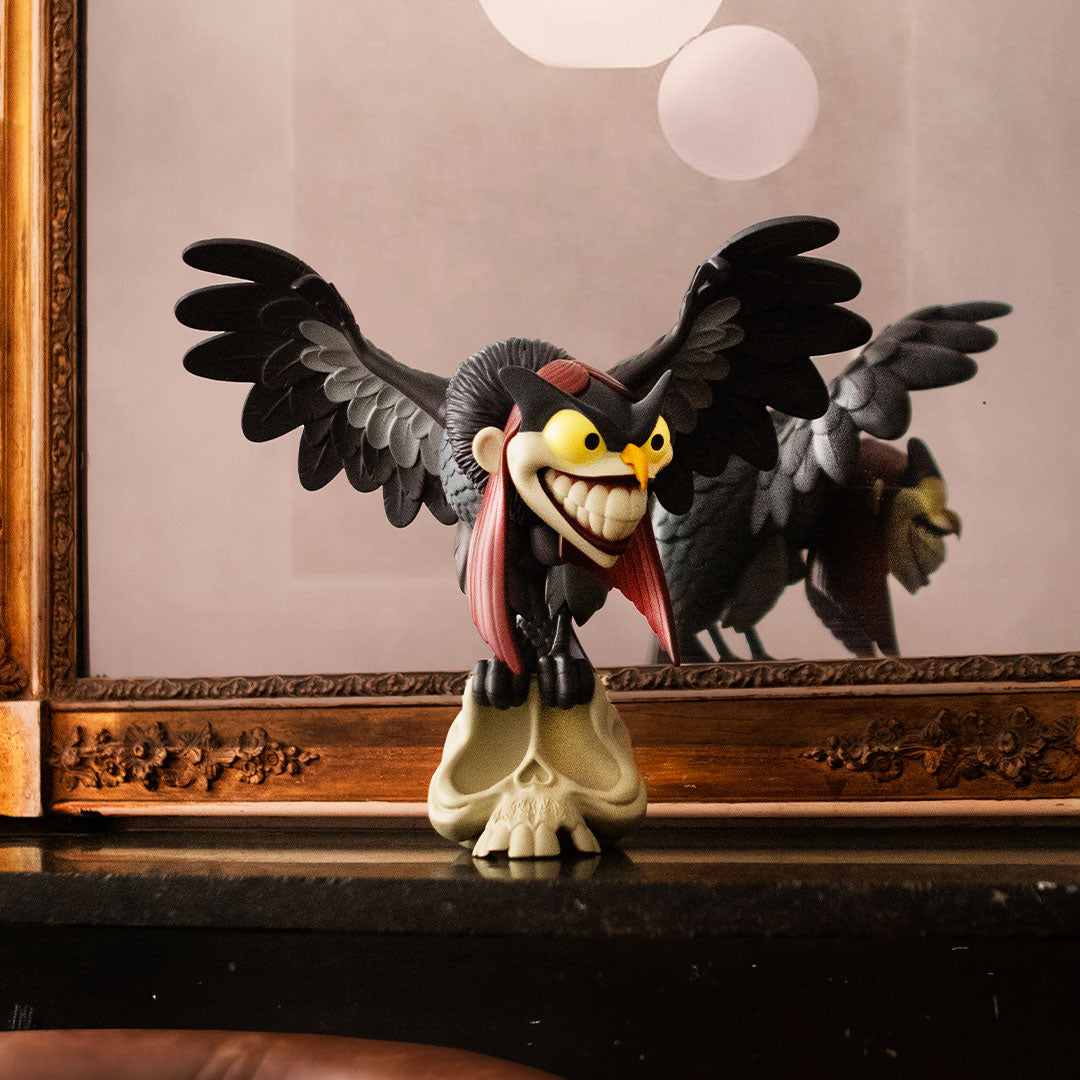
Harpy(s) by Peter de Sève

Harpy(s) by Peter de Sève
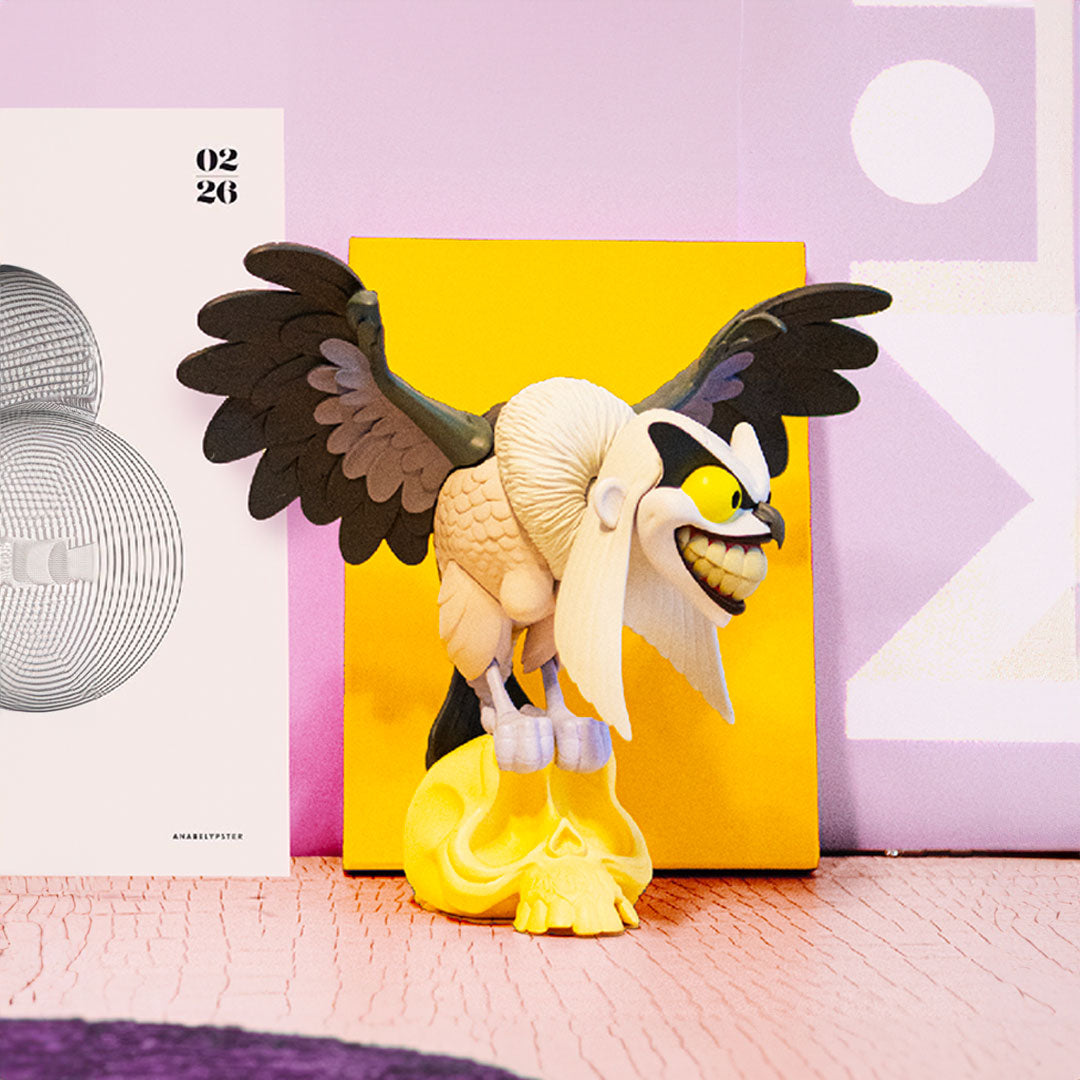
Harpy(s) by Peter de Sève
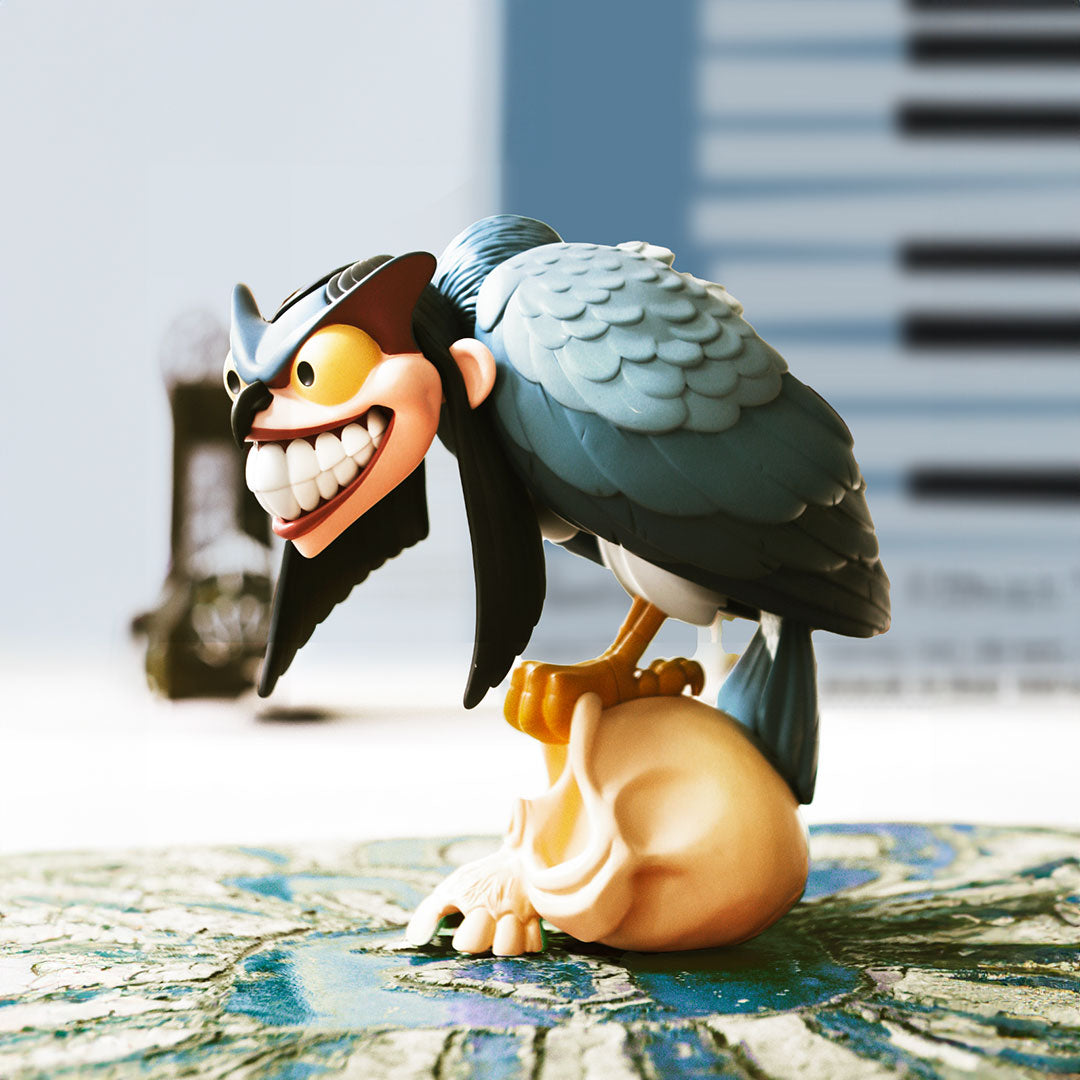
Harpy(s) by Peter de Sève





Was it an existing drawn work or a drawing made for the occasion?
This particular design showed up in my sketchbook right after my initial discussion with Michael Rouah about the goal of the toy and the limitations of it's production as well. But the idea of a cross between an insane woman and a winged raptor clutching the skull of a man came to me pretty quickly. In my mind, Harpies have little need for men, except perhaps, as food.


This is your first Toy Design project, it's a huge challenge, were you won over by the experience?
I loved working on it with the designers at Artoyz. They were incredibly patient with my endless notes but I think the result was worth it. I hope they agree...
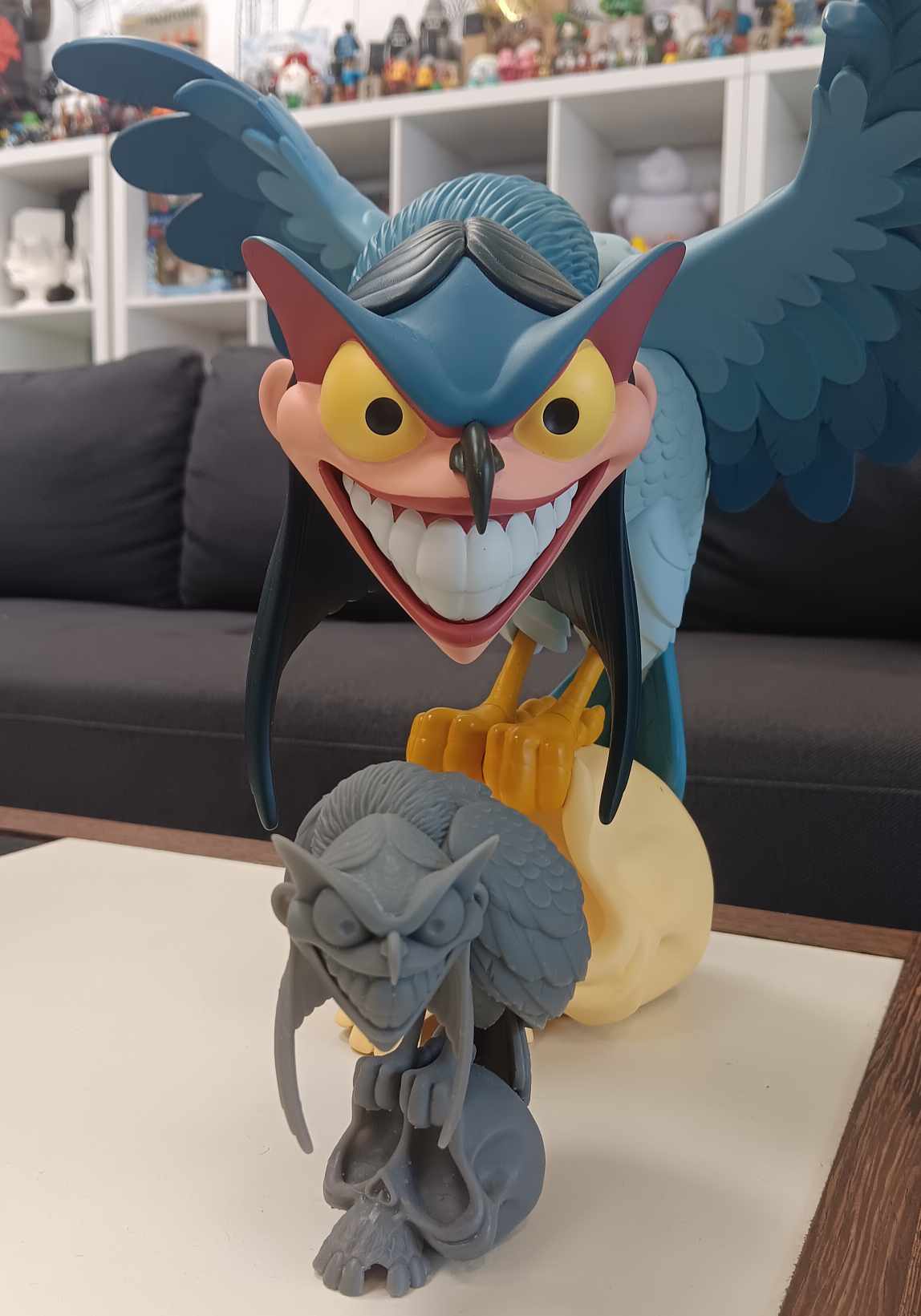
Whether with the Harpy or in the rest of your work, we see a fascination for animals, do you consider it a leitmotif of your work?
Animals certainly do show up in a lot of my work though I wouldn't necessarily say it's a conscious decision. I just have always loved drawing animals. I find the endless variety of shapes, expressions and silhouettes so inviting I can't resist.

Let's forget all time and money constraints for a question: If you had to make a figurine again one day, what would you do?
Do you mean what kind of a toy would I design? Just say "Let's do it" and I'll show you!
